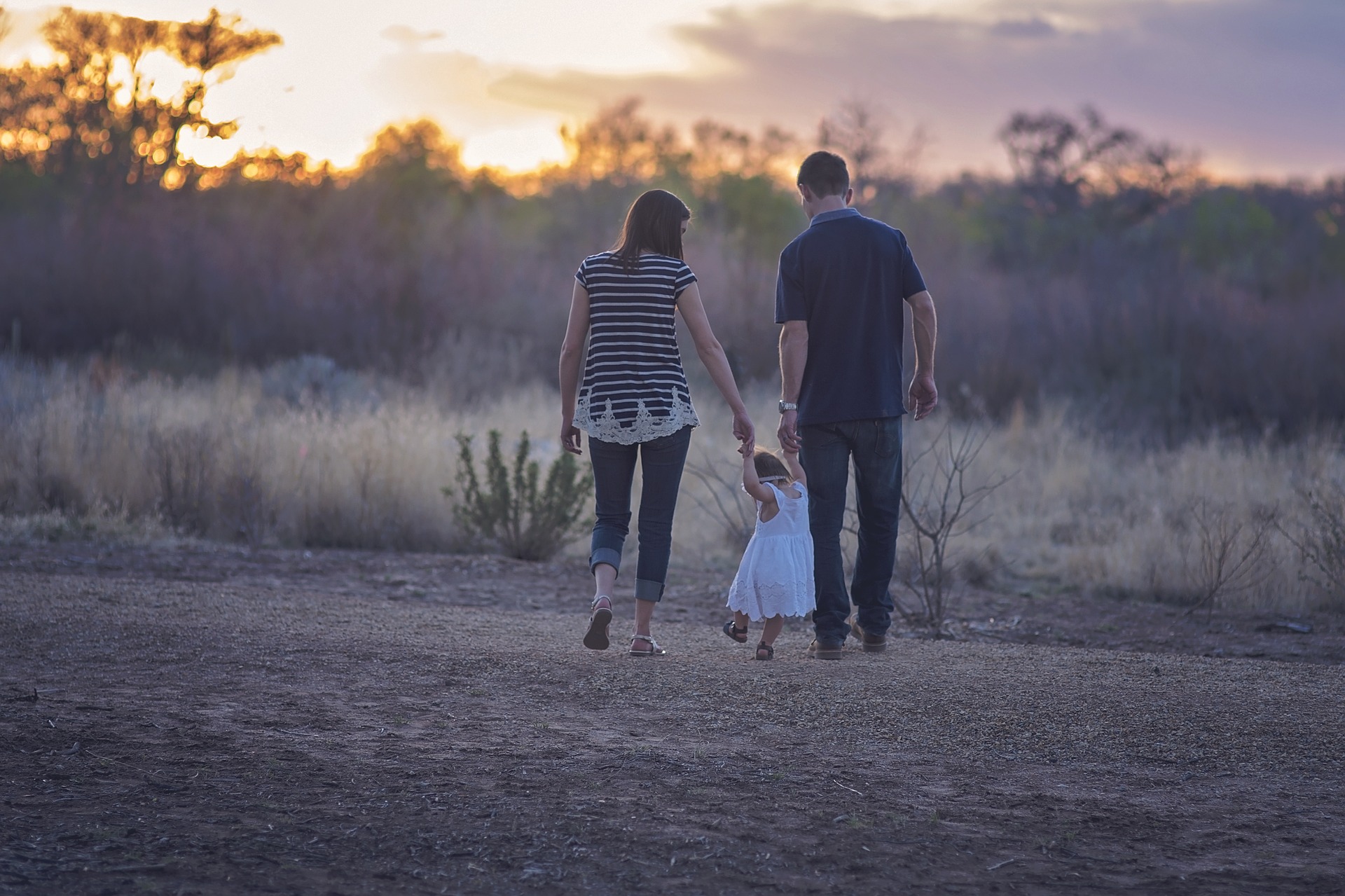Did you know that marriage is the one sacrament that priests do not administer?
When I married Stacey 15 years ago, the priest led the ceremony and gave us cues as to what to say, but his role, in essence, was to witness—more properly, “to receive”—our vows to love each other till death. He stood as witness with the whole community of faith to hear us say those words to each other, and in the name of the Church he received and blessed what we had done.
This means that the true ministers of the sacrament of marriage are the spouses. I minister the sacrament of marriage to Stacey, and she ministers it to me. Not only did we minister the sacrament of marriage to one another on our wedding day, but we also ministered the sacrament of marriage to one another on the day after the wedding. And the day after that.
In fact, every action and behavior of our married life together is an expression of the sacrament of marriage. When I fill a hot-water bottle to heat the bed for Stacey on a cold night, I am ministering the sacrament of marriage to her. In another 40 years of married life, God-willing, when Stacey parses the week’s medications into daily segments for me, she will be ministering the sacrament of marriage to me.
When we are talking to couples preparing for marriage, this sounds like a beautiful vision and ideal. And it does transform the way we see the life we share together. On the inside, however—in the day-to-day, boots-on-the-ground reality of family life—love takes shape in messy, demanding, frustrating ways. It often feels like death by 1,000 cuts, and that is because love is sacrifice—it means giving yourself away for the good of another.
Sometimes I envy the martyrs who could give their lives to love in one final decision. Marriage presents me with 349 decisions to sacrifice myself every single day. It makes me wonder why anyone would choose this life. It seems like a small miracle that people go on marrying and raising children at all.
Certainly our culture does not value self-denial. Our economy is built upon consumption, and advertising and media barrage us with the idea that autonomy and status are paths to happiness. Love in marriage and family life is an emptying and a binding, and it stands in stark contrast to what we see on TV.
For someone looking for freedom, emptying and binding sounds like the last thing they could want. Yet, paradoxically, generations of faithful people have given themselves away in marriage and family life and found exactly that—freedom.
Freedom is a slippery word, especially in America. True freedom is the freedom to grow in goodness, to become the people we were created to be. And because we are created in the image of God, who is love, we are most truly ourselves, happy, and free when we love.
That is to say, we experience true freedom when we discover that we are becoming holy because we are offering love to our spouses and children. Our culture twists that notion to try to fool us into thinking that freedom is about the open road with a new Chevy Silverado, but that is just silly.
The good news is that we participate in the mystery of God when we love, and this brings us new life. Marriage and family life is a way for us to give our lives over to love 349 ways every day, and it gives us glimpses of heaven every single day, too. To see our children love one another, for example, is just a miracle. There is no way that on my own I can account for the magnitude of that kind of goodness.
Now I’m not saying that every moment in our household is accompanied by a chorus of alleluias. The bulk of our experience is filled with the mundane: getting kids to school, working, making dinner, doing dishes, cleaning the house, shopping for groceries, and so on. But I don’t know of any life that isn’t full of the mundane.
God wants to be discovered within our human experience, not in some abstract ideal. Stacey and I have certainly discovered the truth that marriage is a school for love—that we are working out our salvation with one another, helping each other get to heaven.
This is the kernel of truth behind what we discerned when we decided to get married—we knew that we were at our best together. I knew that a life with Stacey would make me a better person than I could become on my own. A decade and a half later, I’m utterly convinced of this fact—Stacey calls me to growth and encourages me to continue striving for perfection. I’ll never reach that perfection in this world, but sharing a life with her gives me a concrete way to pursue holiness.
As humans, we are tied to sense and corporeality—if we can’t see, smell, taste, touch, or hear something, it is difficult for us to grasp it. Marriage and family life allow us to experience love with our senses. Yesterday, for example, love smelled like toothpaste, steaming vegetables, strawberry-scented shampoo, and popcorn.
Though sex is a part of the physicality of love in marriage, it is a very small part. Mostly, we communicate and care for each other’s bodies—we wash children’s bodies, we feed each other’s bodies with shared meals, we transport bodies to and from school and work and activities, we nurse sick bodies back to health and help tired bodies rest. It was the same with Jesus—he made his body an instrument of love. He still does.
In fact, the Eucharist is the best way for us as spouses and parents to connect our 349 acts of love each day with the one act of love that God has given the world in his Son. We can say with the priest, who repeats these words from Jesus himself: “This is my body, given up for you.”







